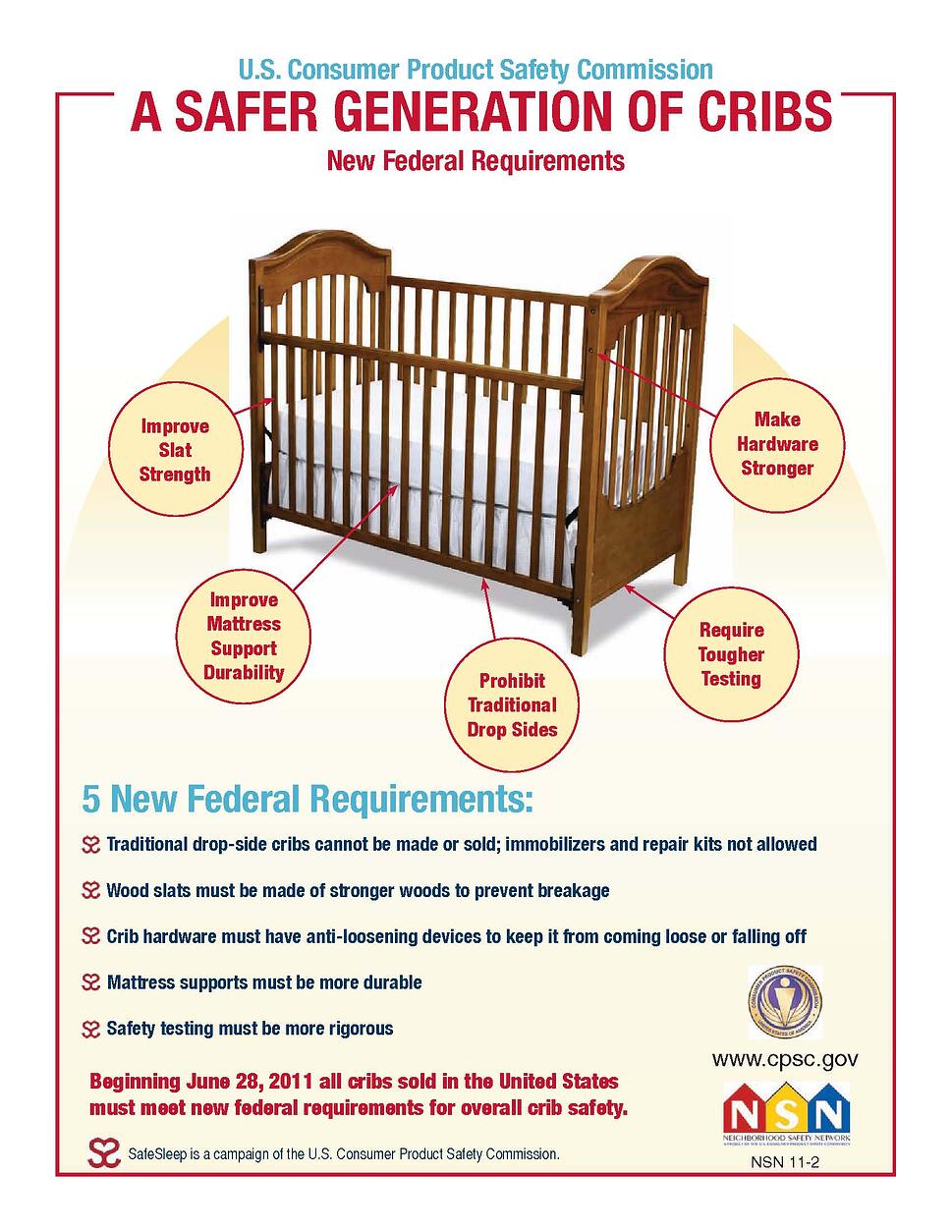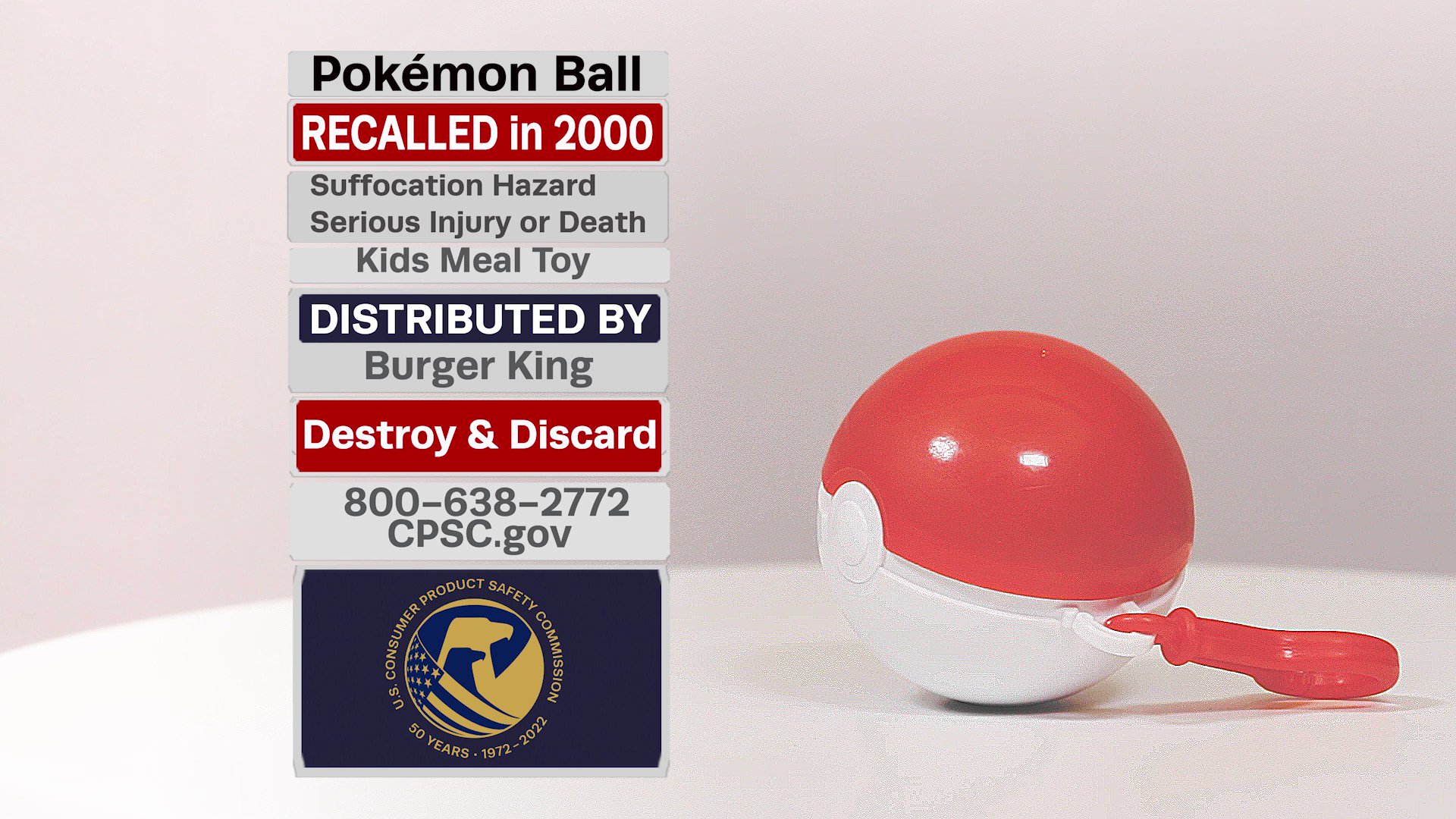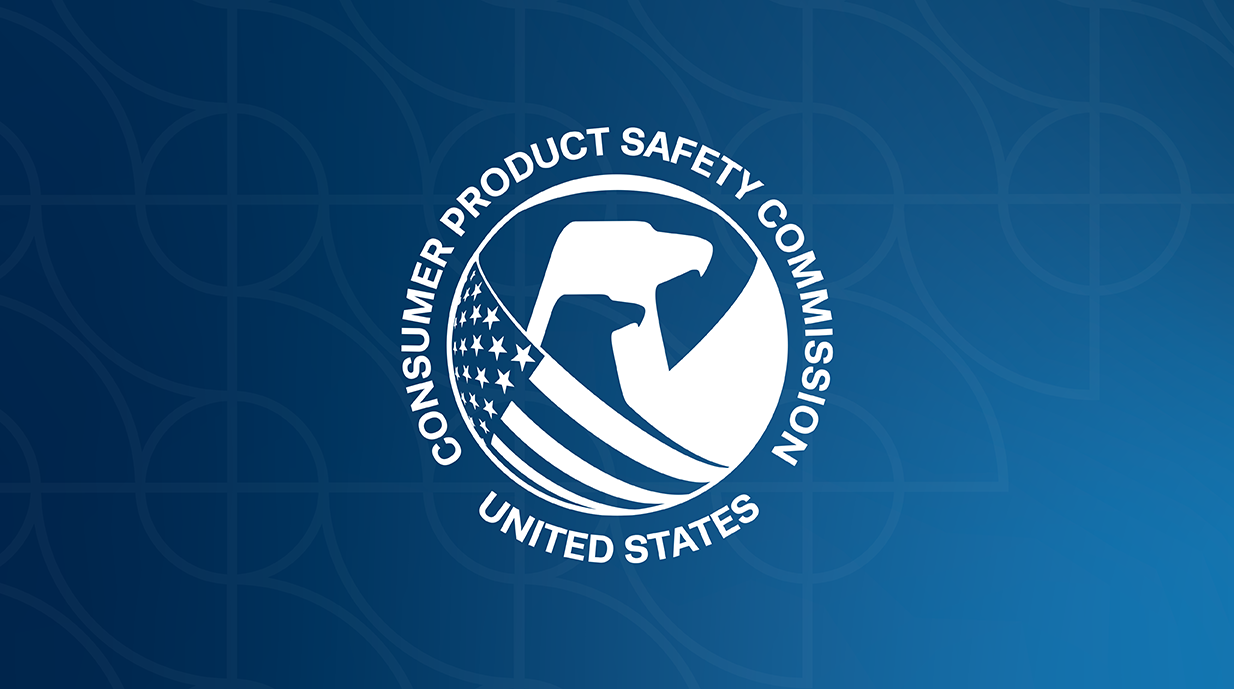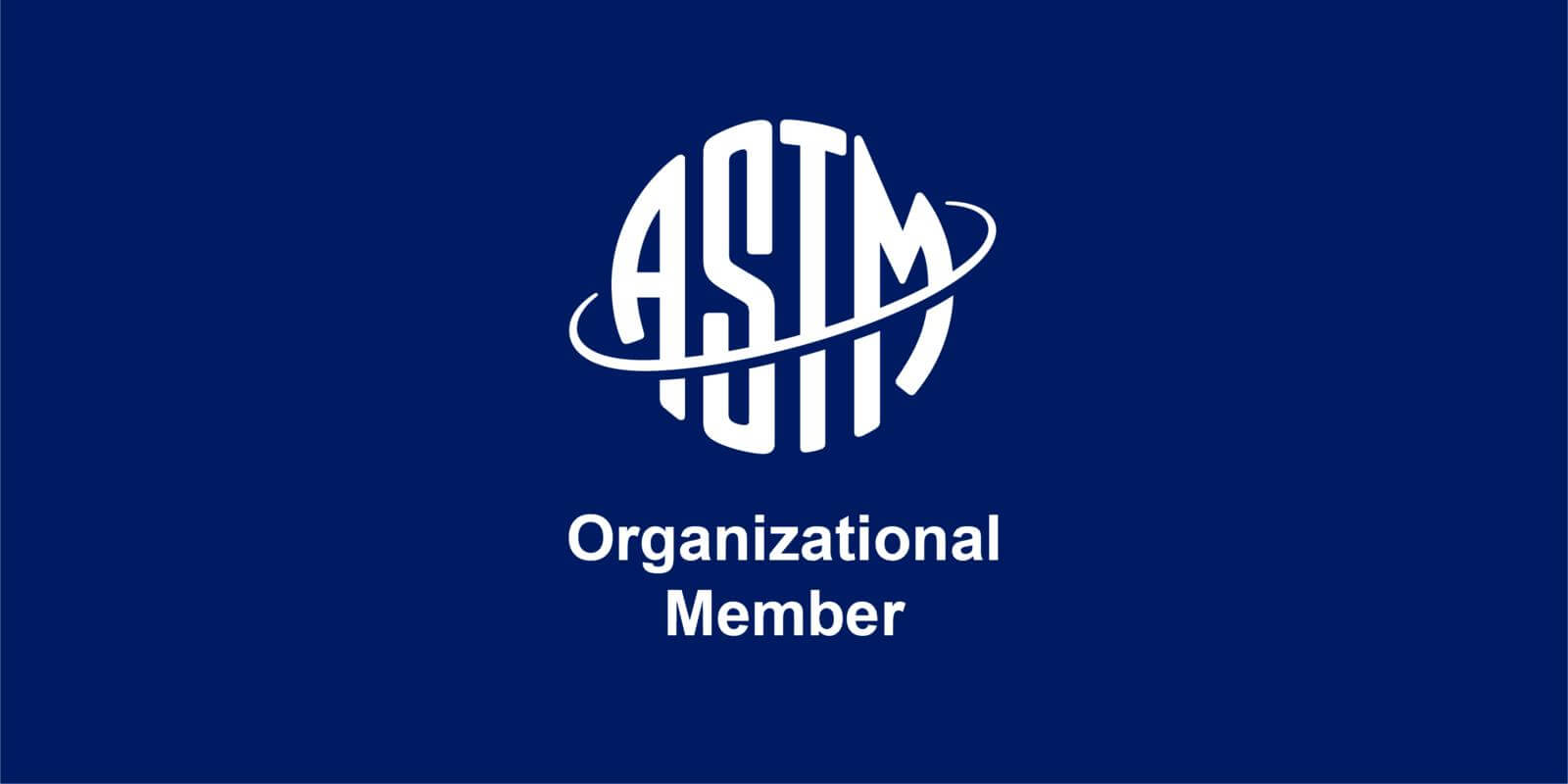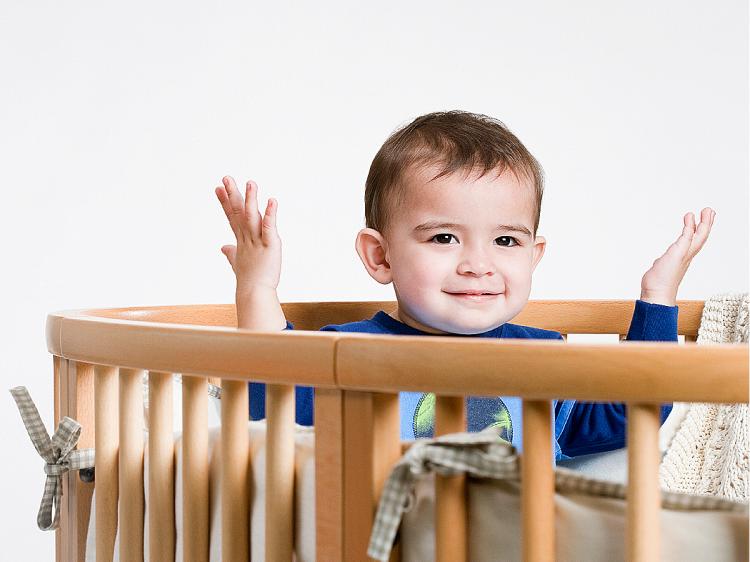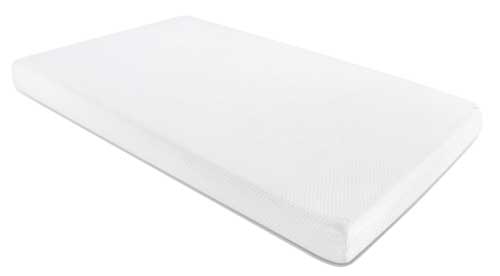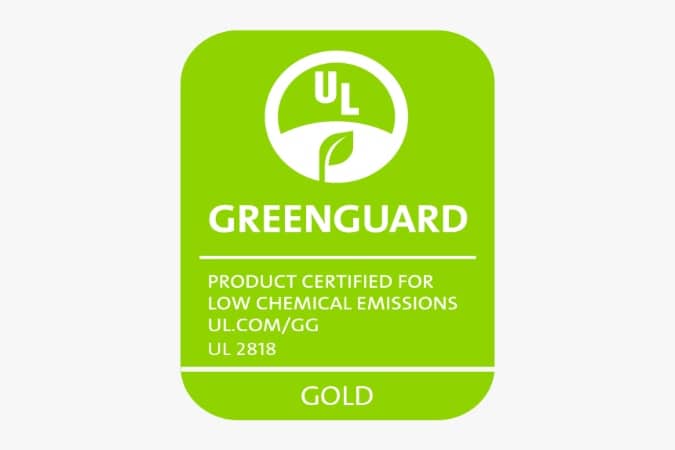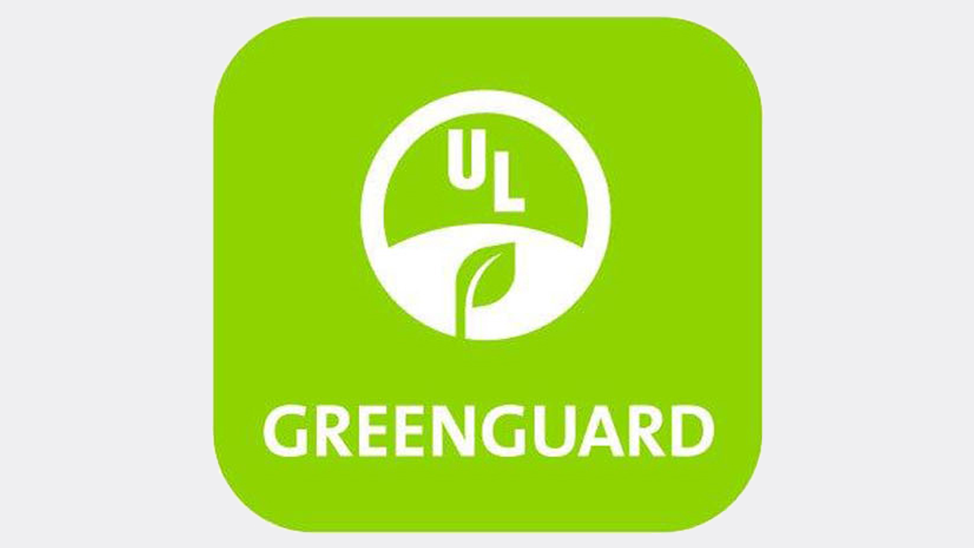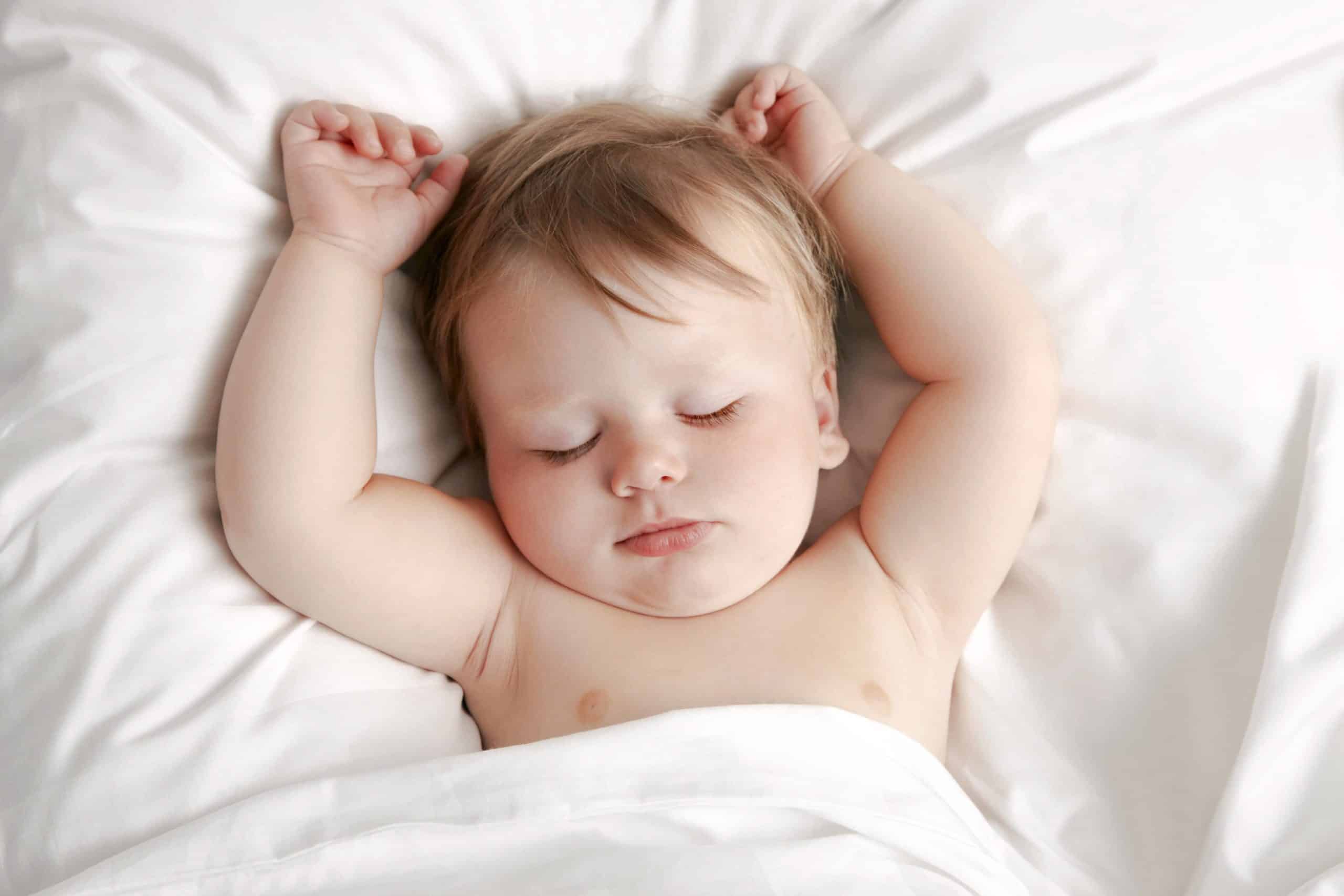Crib mattresses are a crucial part of creating a safe sleeping environment for your baby. The Consumer Product Safety Commission (CPSC) has set strict standards for crib mattresses to ensure that they meet safety requirements and protect infants from potential hazards. One of the main CPSC standards is the size and thickness of the mattress. The standard size for a crib mattress is 27 1/4 inches wide by 51 5/8 inches long, with a maximum thickness of 6 inches. This ensures a snug fit in a standard-sized crib and reduces the risk of suffocation or entrapment. Bonus tip: When shopping for a crib mattress, always measure the interior of your crib to ensure a proper fit.1. Consumer Product Safety Commission (CPSC) Crib Mattress Standards
The American Society for Testing and Materials (ASTM) is an organization that develops and publishes technical standards for various products, including crib mattresses. These standards are designed to address specific safety concerns and provide guidelines for manufacturers to follow. One of the main ASTM standards for crib mattresses is the firmness requirement. This ensures that the mattress is firm enough to support an infant's body and reduce the risk of suffocation. Additionally, the ASTM also sets standards for edge support, ventilation, and durability to ensure the overall safety and quality of the mattress.2. American Society for Testing and Materials (ASTM) Crib Mattress Standards
The Juvenile Products Manufacturers Association (JPMA) is a trade organization that represents manufacturers of baby products, including crib mattresses. Their mission is to promote the safety and well-being of infants and children through the development of high-quality products. Some of the main JPMA standards for crib mattresses include flame resistance, chemical emissions, and structural integrity. These standards ensure that the mattress is safe to use and free from harmful chemicals that could pose a risk to a baby's health.3. Juvenile Products Manufacturers Association (JPMA) Crib Mattress Standards
The federal flammability standard for crib mattresses is set by the CPSC and requires that all mattresses sold in the United States meet certain fire safety requirements. These standards aim to reduce the risk of fire-related injuries and deaths in infants and children. To meet this standard, crib mattresses must be able to withstand an open flame for a certain amount of time without igniting. Manufacturers achieve this by using fire-resistant materials in the construction of their mattresses.4. Federal Crib Mattress Flammability Standards
The Greenguard Gold certification is a third-party certification program that tests and verifies products for low chemical emissions. This includes crib mattresses, which are often made with materials that emit harmful chemicals, such as volatile organic compounds (VOCs). To receive this certification, crib mattresses must meet strict emissions standards and be safe for use in indoor environments. This is especially important for infants, who are more susceptible to the effects of VOCs and other pollutants.5. Greenguard Gold Certified Crib Mattresses
The CertiPUR-US certification is another third-party certification program that focuses on the materials used in the construction of mattresses. This certification ensures that the foam used in crib mattresses is free from harmful chemicals, such as formaldehyde, lead, and mercury. When shopping for a crib mattress, look for the CertiPUR-US seal to ensure that you are getting a safe and high-quality product for your baby.6. CertiPUR-US Certified Crib Mattresses
Organic crib mattresses have become increasingly popular among parents who want to provide a natural and chemical-free sleeping environment for their baby. However, the term "organic" can be misleading, as there are currently no official standards for organic crib mattresses. When looking for an organic crib mattress, make sure to check the materials used and any certifications the manufacturer may have. Look for materials such as organic cotton and wool, and certifications from organizations such as the Global Organic Textile Standard (GOTS) or the Global Organic Latex Standard (GOLS).7. Organic Crib Mattress Standards
A waterproof crib mattress is an essential feature for parents looking to protect their baby's mattress from spills, accidents, and other messes. However, not all waterproof crib mattresses are created equal. Look for a crib mattress that is certified waterproof by organizations such as the Greenguard Gold or CertiPUR-US. This ensures that the waterproofing materials used are safe and non-toxic for your baby.8. Waterproof Crib Mattress Standards
Phthalates are chemicals commonly used in plastics and can be found in many household products, including crib mattresses. These chemicals have been linked to various health concerns and are especially harmful to infants and children. To ensure that your baby's crib mattress is free from phthalates, look for certifications such as the Phthalate-Free seal from the Green Science Policy Institute or the Phthalate-Free label from the Consumer Product Safety Improvement Act (CPSIA).9. Phthalate-Free Crib Mattress Standards
Lead is a toxic heavy metal that can be found in some crib mattresses, usually in the form of lead-based paint or in the metal components of the mattress. Exposure to lead can have serious health effects, especially in young children. To ensure that your baby's crib mattress is lead-free, look for certifications such as the Lead-Free label from the CPSIA or the Lead-Free label from the Consumer Product Safety Commission (CPSC).10. Lead-Free Crib Mattress Standards
Why Crib Mattress Safety Standards are Essential for Your Baby's Health

The Importance of Crib Mattress Safety Standards
 When designing your baby's nursery, it's important to consider all aspects of safety, including the crib mattress. Many parents overlook the importance of
crib mattress safety standards
when purchasing a crib and mattress, but it is crucial for your baby's health and well-being.
The
main keyword
of
crib mattress safety standards
refers to the regulations and guidelines set by organizations such as the Consumer Product Safety Commission (CPSC) and the American Society for Testing and Materials (ASTM) to ensure that crib mattresses meet certain safety standards. These standards cover factors such as mattress thickness, firmness, and flammability to reduce the risk of Sudden Infant Death Syndrome (SIDS) and other hazards.
When designing your baby's nursery, it's important to consider all aspects of safety, including the crib mattress. Many parents overlook the importance of
crib mattress safety standards
when purchasing a crib and mattress, but it is crucial for your baby's health and well-being.
The
main keyword
of
crib mattress safety standards
refers to the regulations and guidelines set by organizations such as the Consumer Product Safety Commission (CPSC) and the American Society for Testing and Materials (ASTM) to ensure that crib mattresses meet certain safety standards. These standards cover factors such as mattress thickness, firmness, and flammability to reduce the risk of Sudden Infant Death Syndrome (SIDS) and other hazards.
What to Look for in a Crib Mattress
 When shopping for a crib mattress, it's important to look for one that meets current safety standards. This means choosing a mattress that is firm, flat, and fits snugly in the crib. Avoid mattresses with excessive padding or softness, as they can increase the risk of suffocation or SIDS.
It's also important to
use related main keywords
such as
baby mattress safety
and
safe crib mattresses
when researching and purchasing a crib mattress. These keywords will help you find reputable brands and products that meet the necessary safety standards.
When shopping for a crib mattress, it's important to look for one that meets current safety standards. This means choosing a mattress that is firm, flat, and fits snugly in the crib. Avoid mattresses with excessive padding or softness, as they can increase the risk of suffocation or SIDS.
It's also important to
use related main keywords
such as
baby mattress safety
and
safe crib mattresses
when researching and purchasing a crib mattress. These keywords will help you find reputable brands and products that meet the necessary safety standards.
Benefits of Choosing a Mattress that Meets Safety Standards
 Investing in a crib mattress that meets safety standards not only ensures your baby's safety, but also has other
benefits
. A firm, well-fitting mattress can help prevent accidents such as entrapment and suffocation. It also promotes proper spinal alignment and healthy development for your baby.
Moreover, choosing a mattress that meets safety standards can give parents peace of mind knowing that they have provided a safe and secure sleeping environment for their baby.
Investing in a crib mattress that meets safety standards not only ensures your baby's safety, but also has other
benefits
. A firm, well-fitting mattress can help prevent accidents such as entrapment and suffocation. It also promotes proper spinal alignment and healthy development for your baby.
Moreover, choosing a mattress that meets safety standards can give parents peace of mind knowing that they have provided a safe and secure sleeping environment for their baby.
In Conclusion
 In conclusion,
crib mattress safety standards
are essential for your baby's health and safety. When designing your baby's nursery, make sure to choose a mattress that meets current safety standards to ensure a safe and comfortable sleeping environment for your little one. With the right knowledge and information, you can make an informed decision and provide the best for your baby.
In conclusion,
crib mattress safety standards
are essential for your baby's health and safety. When designing your baby's nursery, make sure to choose a mattress that meets current safety standards to ensure a safe and comfortable sleeping environment for your little one. With the right knowledge and information, you can make an informed decision and provide the best for your baby.
